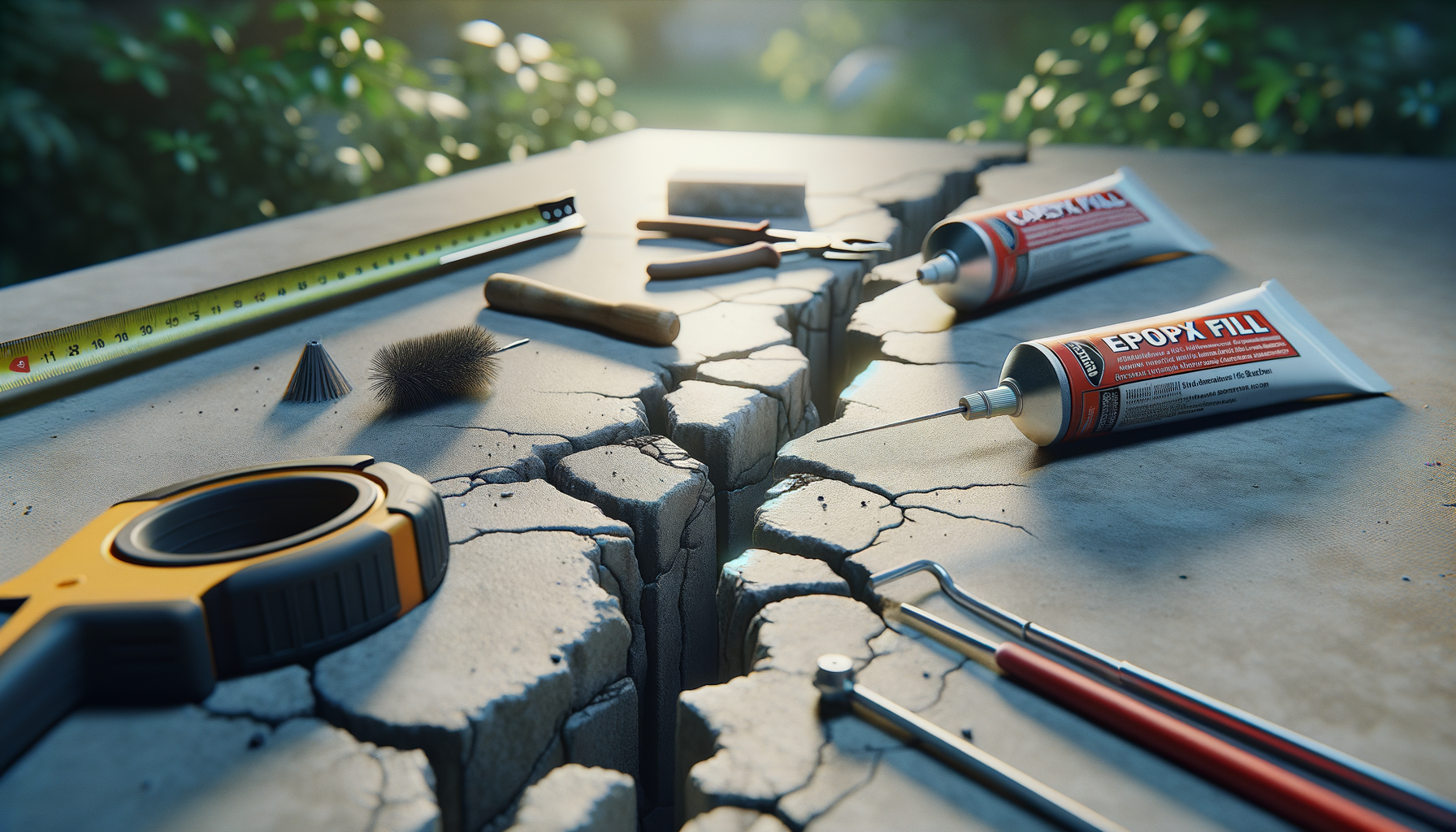Learning About Cracked Concrete Slabs
What is a Concrete Slab?
A concrete slab is a flat surface made of concrete. You see these on building foundations, basement floors, driveways, and patios.
Why Do Concrete Slabs Crack?
- Soil Moves:
- When the soil under the slab moves, the slab can shift and crack.
- Temperature Changes:
- Concrete expands when it’s hot and contracts when it’s cold. Over time, this can cause cracks.
- Bad Construction:
- If the concrete is mixed poorly or not set properly, it can develop cracks.
- Water Damage:
- Water can weaken concrete and cause the soil underneath to erode, leading to cracks.
How Serious is the Crack?
Types of Cracks
- Hairline Cracks:
- These are thin surface cracks that are usually harmless.
- Structural Cracks:
- These are bigger and deeper cracks that can affect the building’s stability.
- Expansion Cracks:
- These occur at joints where the concrete expands and contracts.
- Settlement Cracks:
- These happen when the ground below the slab shifts or settles unevenly.
Should You Worry?
- Serious Signs:
- Cracks wider than a quarter inch or those with vertical movement indicate bigger problems.
- Foundation Issues:
- If doors and windows stick, or floors slope, you might have foundation issues.
- Immediate Attention:
- When cracks spread quickly, let in lots of water, or occur with other structural problems, act fast.
Fixing Cracks: DIY or Call a Pro?
Small Cracks You Can Fix
- DIY Projects:
- Fix hairline and minor, non-structural cracks yourself.
- Materials Needed:
- Epoxy, silicone-based sealants, or concrete repair caulk.
- Steps to Fix Hairline Cracks:
- Clean the crack well.
- Apply the filler or sealant.
- Smooth the surface and let it cure.
When to Get a Professional
- Bigger Cracks and Structural Problems:
- Cracks wider than a quarter inch or structure-related issues need a pro.
- Why Hire a Pro?
- They provide expert advice, specialized tools, and durable repairs.
- What a Pro Will Do:
- Inspect thoroughly, make a detailed repair plan, and fix the problem properly.
Step-by-Step Guide to Fixing Cracks
Check the Damage
- How to Measure:
- Use a tape measure to check the width and depth of cracks.
- Tools:
- You’ll need a flashlight, tape measure, and camera for documenting.
Prepare the Area
- Clean the Crack:
- Use a wire brush to get rid of dirt and loose debris.
- Ensure Adhesion:
- Make sure the crack is super clean so the filler sticks well.
Fill the Crack
- Pick the Right Filler:
- Choose a product suitable for your crack type and size.
- Applying Filler:
- Use a liquid filler for hairline cracks with a caulking gun or squeeze bottle. For larger cracks, you might need an epoxy or polyurethane kit.
Finishing Up
- Smooth the Surface:
- Use a trowel to even out the filler.
- Wait and Care:
- Follow the instructions for curing time and avoid heavy loads on the fixed area until it’s fully set.
Keep Cracks from Forming
Proper Installation and Maintenance
- Tips to Prevent Cracks:
- Install slabs correctly with good reinforcement and control joints.
- Good Drainage:
- Make sure water drains away from the slab to prevent accumulation.
Regular Checks
- Inspection Frequency:
- Check your slabs at least twice a year, especially before and after winter.
- Catch Problems Early:
- Look for new or growing cracks, water damage, and shifting slabs.
Common Questions
- How Long Will Repairs Last?
- Good repairs can last many years, especially if maintained well.
- Can All Cracks Be Fixed?
- Most can, but some severe problems might need more serious work.
- Cost of Professional Repair?
- It varies a lot, from a few hundred to several thousand dollars.
- When Is a Crack Serious?
- Cracks wider than a quarter inch, with vertical movement or linked to other issues need quick attention.
More Help
Watch and Learn
- DIY Hairline Crack Repair Video: Video Link
- Professional Crack Repair Video: Video Link
Recommended Products
- Epoxy Filler: Product A
- Concrete Repair Caulk: Product B
- Injection Kit: Product C
Wrap-Up
Fixing cracks in concrete slabs is important to keep your home safe and looking good. You can handle small cracks on your own, but call in the pros for bigger issues. Regular check-ups and good maintenance can stop cracks from forming in the first place.


Leave a Reply